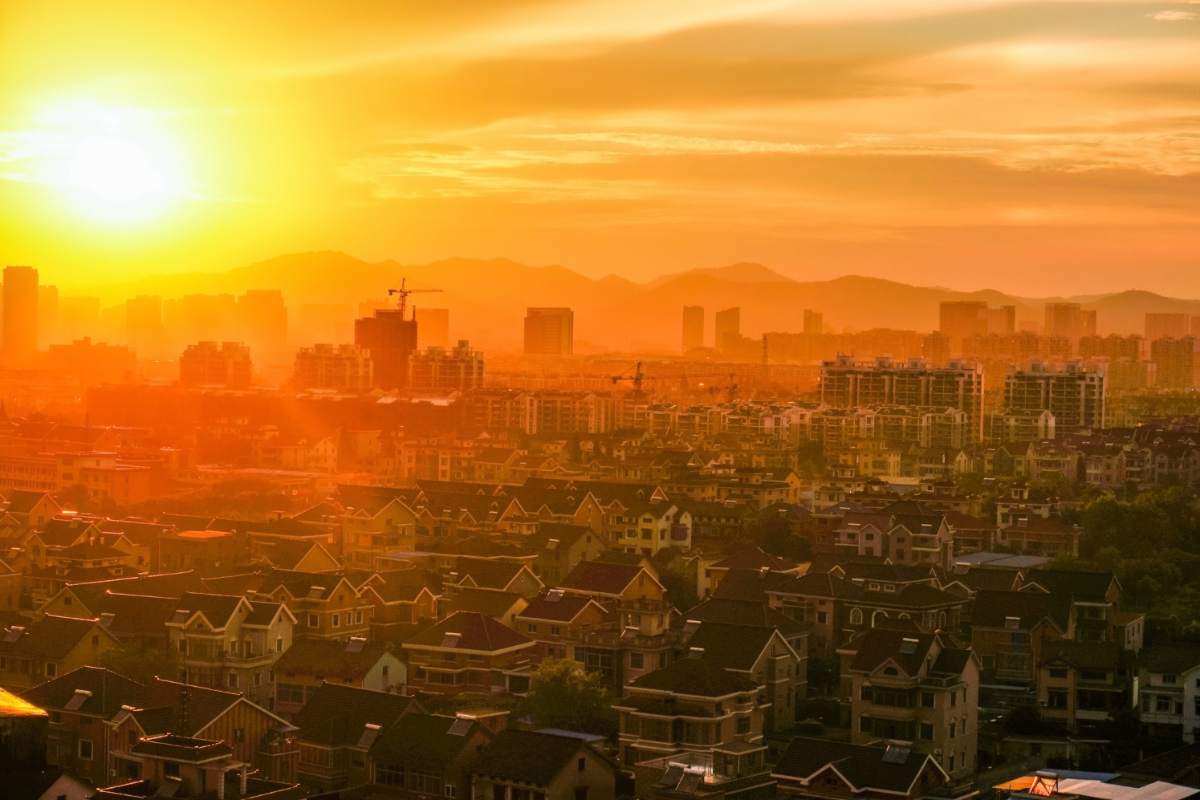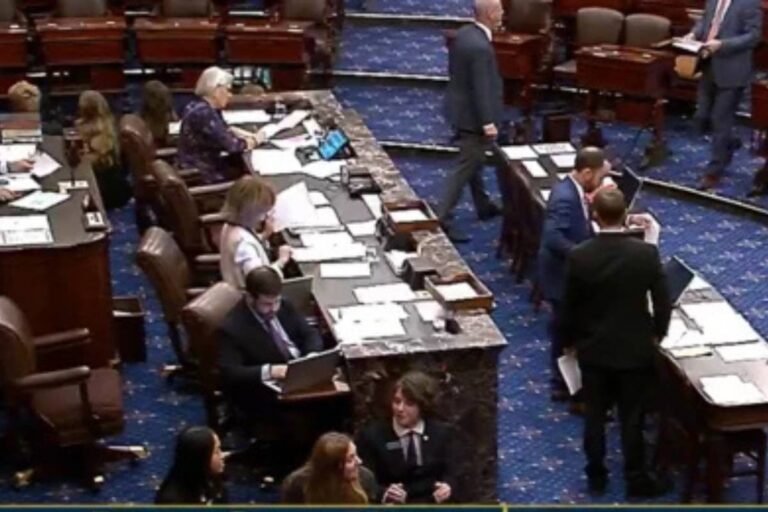By 2050, climate change is projected to reshape the American landscape, with extreme heat becoming a defining threat for millions. A new “extreme heat belt” will stretch across the U.S., exposing over 100 million people to life-threatening temperatures exceeding 125°F on the heat index. This article dives into the state’s most at-risk, the socio-economic consequences, and how communities can prepare. Whether you’re a homeowner, policymaker, or simply curious, understanding these projections could save lives.
The Emergence of the Extreme Heat Belt
“Extreme heat belt” is a term used to describe areas in which the heat index , a combination of temperature and humidity , will hit 125°F or more for one day a year by 2050. Climate scientists say this belt will run from the Gulf of Mexico up to southern Wisconsin and include states such as Texas, Missouri, Oklahoma, and Illinois.
Why is that?
- Climate Modeling: Projections apply emissions scenarios and land-use information to predict rising temperatures, including such factors as urban heat islands and being near water.
- Humidity’s Role: Excessive humidity stops sweat from evaporating, and heat is more stifling. Florida and Louisiana will experience “wet-bulb” conditions, where normal activity outdoors becomes perilous.
States Confronting the Most Hazardous Heat by 2050
Though no state will be immune to increasing temperatures, these states are expected to bear the brunt of the worst effects:
Texas
- Economic Cost: Heat-related losses to labor productivity might cost the state billions of dollars every year, disproportionately impacting outdoor laborers in agriculture and construction.
- Existing Threats: Already dealing with heatwaves, Texas may experience 70+ days of 100°F temperatures
Florida
- Miami-Dade County: By 2053, days of extreme heat (heat index ≥103°F) will increase from 7 to 34 days annually.
- Economic Toll: Heat-related labor productivity losses could cost the state billions annually, disproportionately affecting outdoor workers in agriculture and construction.
Arizona
- Phoenix Crisis: The city experienced 645 heat-associated fatalities in 2023, 700% more than a decade ago. By 2050, temperatures may make outdoor labor dangerous for months.
Southern Midwest (Missouri, Illinois, Arkansas)
- Urban Heat Islands: St. Louis and Chicago cities will have “extreme danger” days because of dense urbanization and scarce green spaces.
- Agriculture in Peril: Corn yields, a backbone of the U.S. economy , may decline by $1.7 billion by 2030 as a result of heat stress.
Southeast (Alabama, Mississippi, Louisiana)
- Humidity Hotspots: The states will have some of the highest wet-bulb temperatures, where even shade provides minimal relief.
- Health Disparities: Communities of color, often lacking access to cooling infrastructure, face higher mortality rates.
The Domino Effect: Economic and Health Impacts
Extreme heat isn’t just uncomfortable , it’s a silent economic disruptor and public health crisis.
Economic Consequences
- Labor Losses: By 2050, heat stress could cost the U.S. $500 billion annually in lost productivity, with Black and Hispanic workers most affected.
- Agriculture Downfall: Livestock and corn, and soy industries will contract, increasing food prices worldwide.
- Infrastructure Damage: Buckling roads, power outages, and runway meltdowns will put budgets under strain.
Health Risk
- Mortality Surge: Heat-related deaths could rise from 8,500 to 59,000 annually by 2050.
- Occupational Hazards: Workers outside risk a 3.7x hike in injuries, such as heatstroke and kidney failure.
- Vulnerable Populations: The elderly, homeless, and those with chronic diseases are most at risk.
Adjusting to the New Normal: Solutions and Preparations
Although the forecasts are alarming, preventive actions can cause less harm:
Urban Cooling Measures
- Tree Equity: Trees in low-income areas lower temperatures by as much as 10°F.
- Cool Pavements: Highly reflective materials on roads and rooftops can decrease urban heat island impacts.
Policy Actions
- Heat Safety Legislation: California and Oregon require outdoor workers to have shade and water breaks.
- Energy Grid Enhancements: Blackout prevention calls for upgrading infrastructure to meet AC demand surges.
Community Resilience Programs
- Sheltered Cooling Centers: Increasing access to air-conditioned shelters is essential for homeless populations.
- Heat Forecasting Tools: Sophisticated forecasting tools enable communities to better prepare for lethal heat waves.
Conclusion: A Call to Action
The states bracing for the most perilous heat in 2050 are a wake-up call. From Texas to Illinois, the decisions we make today , curbing emissions, green infrastructure investment, and safeguarding vulnerable workers , will decide the survivability of the future. As climate scientists warn: “These are not your grandparents’ heatwaves.”






















